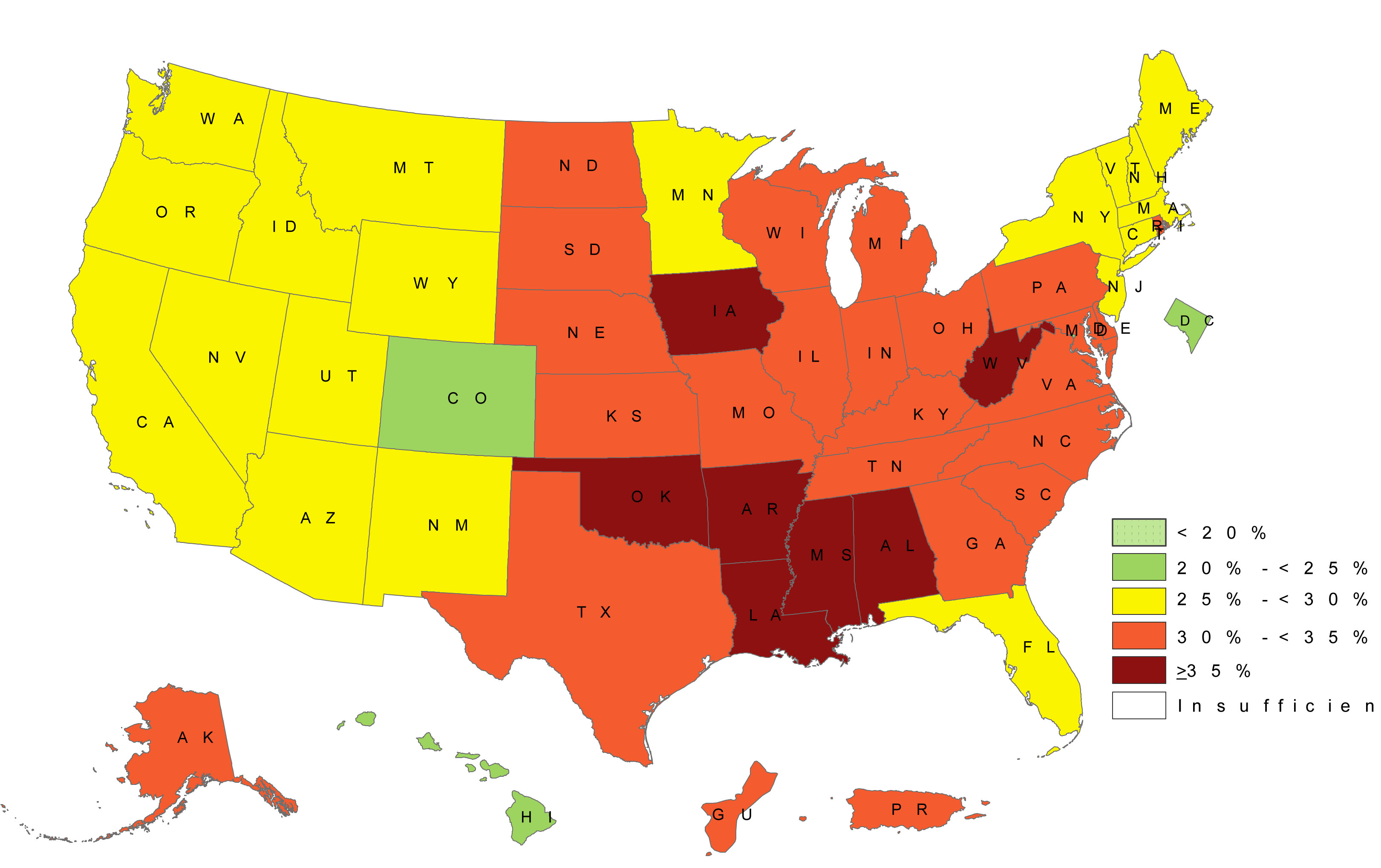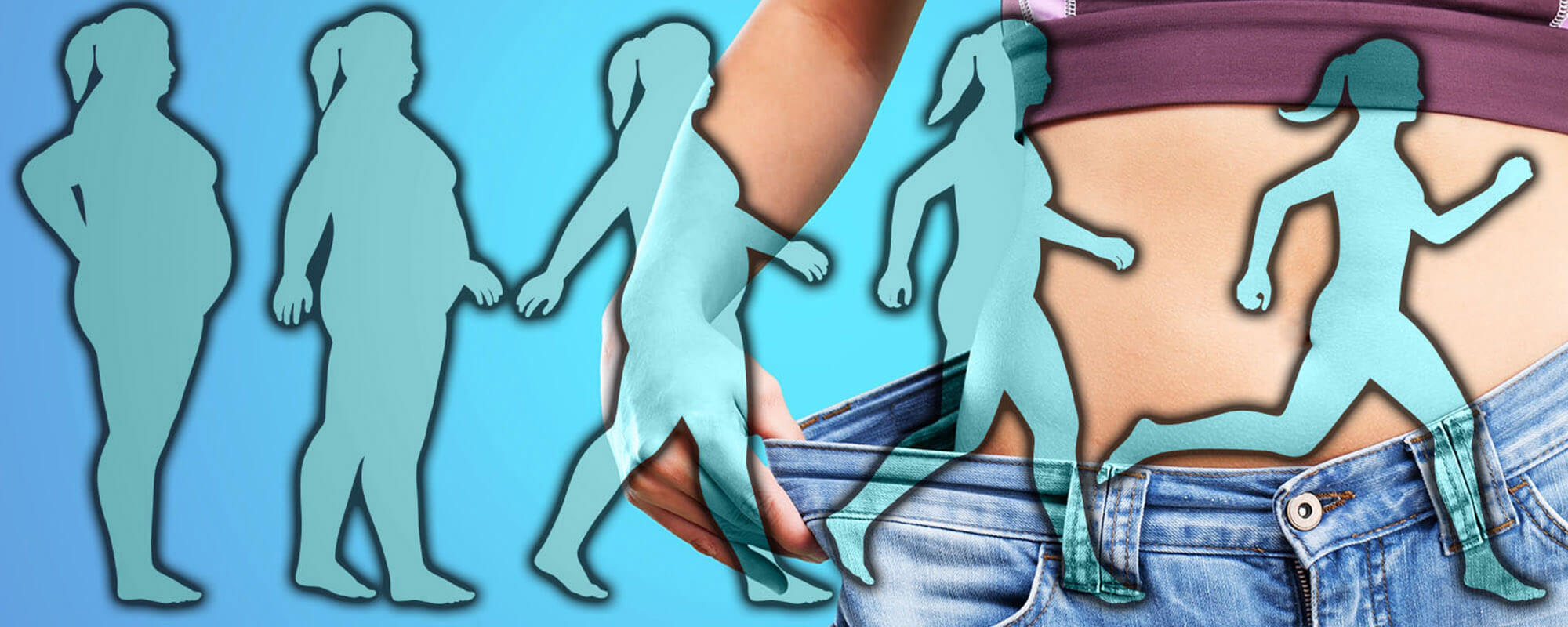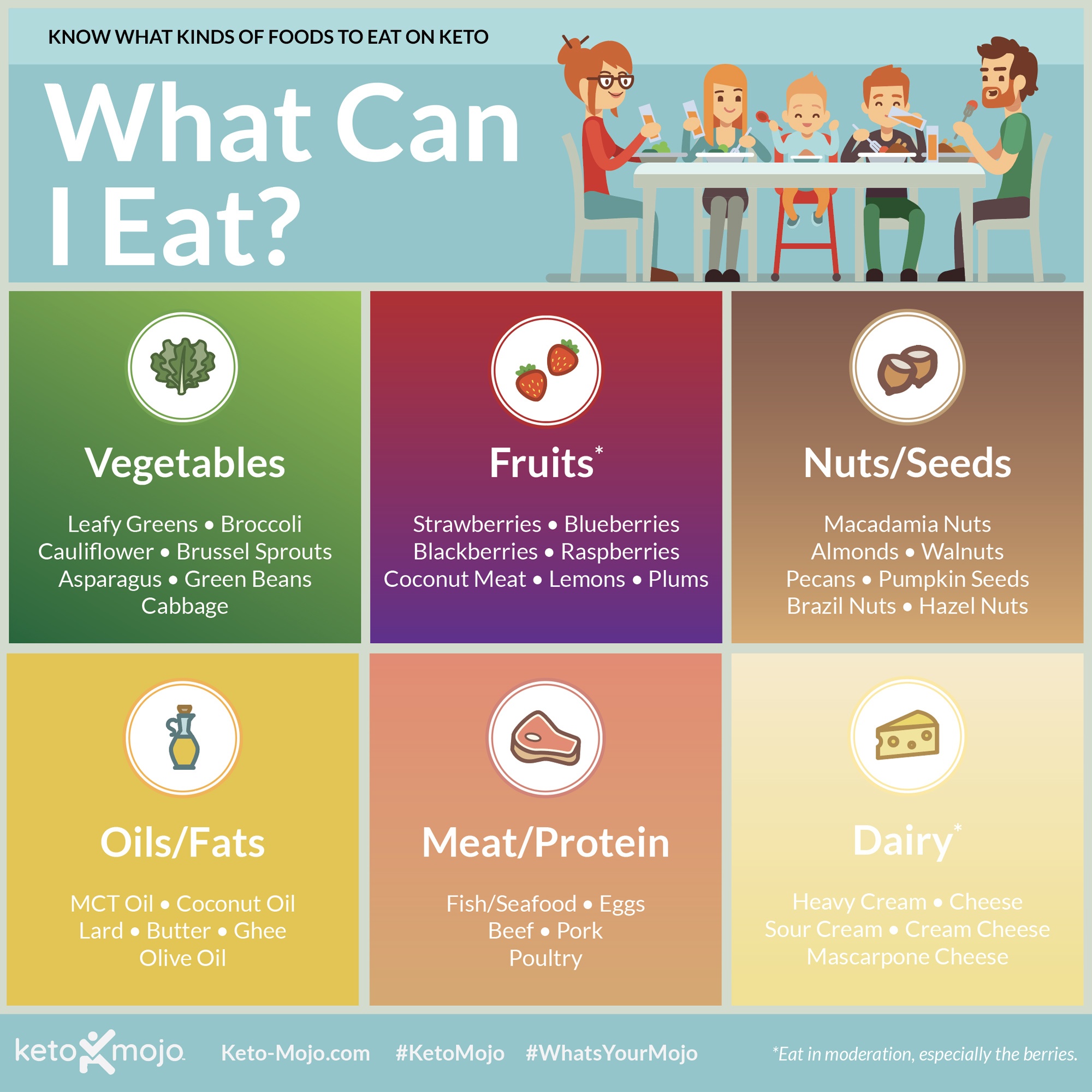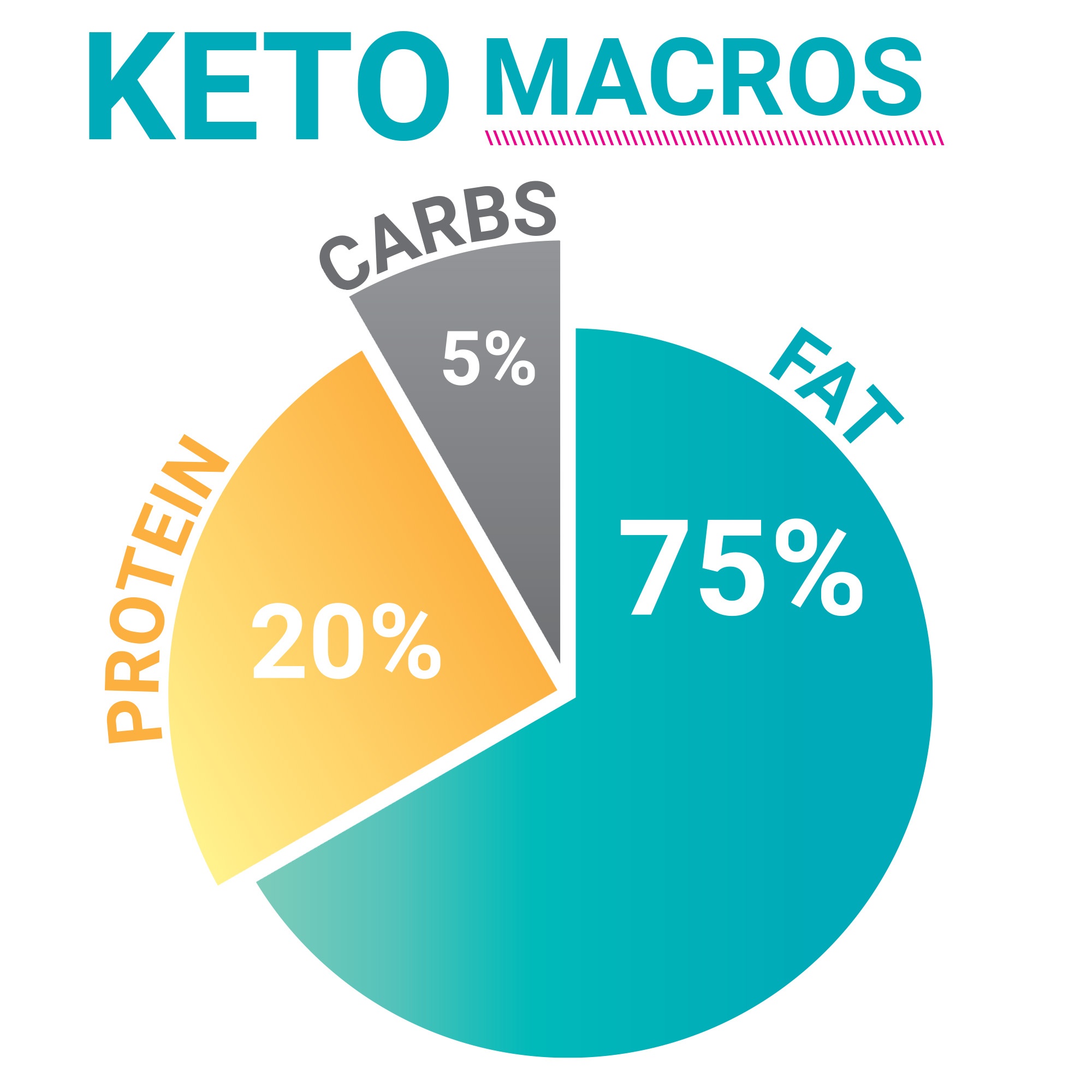Approximately 42 percent of adults in the US––more than 100 million people––currently live with obesity, defined as a body mass index (BMI) of 30 or higher (CDC, 2020). The issue is much more important than not fitting into a favorite pair of jeans. Obesity-related conditions, such as heart disease, stroke, type 2 diabetes, and certain types of cancers, are causing premature deaths.
According to the Centers for Disease Control and Prevention, more than 38 million American adults have type 2 diabetes, and more than 97 million have prediabetes (CDC, 2024). A leading cause of stroke, heart attack, and kidney failure is hypertension (high blood pressure), and guess what can lead to hypertension? It’s estimated that at least 65% of primary hypertension is attributed to obesity.
People are quite literally dying from obesity. This has led many people to various diets, including low-fat diets, a paleo diet, and the low-carb, high-fat keto diet. People are starting to question the dietary guidelines that have led to more, not less, prevalence of obesity and obesity-related diseases.

Source: Behavioral Risk Factor Surveillance System
We know this from personal experience, and it’s why we created Keto-Mojo. Before we started a high-fat diet and keto meal plan, we were overweight, unhealthy, and sick of being sick and tired. And while everyone should talk with their healthcare provider and perhaps a dietitian before making any dietary changes, we want to try and educate others on the benefits of the ketogenic diet for weight loss. While it may seem daunting to change your whole view on food and diet, there’s a loving and supportive ketogenic community that will be happy to offer a shoulder for you to lean on while you get lean and aim for long-term weight loss!
Research on the Ketogenic Diet for Weight Loss
The ketogenic diet has been gaining traction in the medical community as a fantastic tool in treating obesity and obesity-related diseases. This has spurred countless research into not only its efficacy, but also its safety, and overall health benefits, including fat loss.
A 24-week clinical trial in 83 patients with obesity looked to examine the long-term health implications of a strict ketogenic diet providing 20-30 grams of carbs per day. By the end of the study, the participants had lost an average of 31 pounds and achieved significant decreases in total cholesterol, triglycerides, and blood glucose, along with an increase in HDL cholesterol.
Since that landmark study, several other clinical trials have shown that ketogenic diets are very effective at helping people with obesity lose weight and reduce cardiovascular risk factors.
And while you may be interested in the science surrounding the ketogenic diet and its many benefits (feel free to read our other articles), perhaps you are here looking to learn how to implement the diet for weight loss, and not just losing water weight.
Keto, which focuses on low-carb foods, may be one of the least complicated diets out there, but due to the overwhelming amount of information in the form of websites, social media, and doctors, it can appear complicated.
But what the ketogenic diet boils down to is getting your body into ketosis (the metabolic state in which you burn fat for fuel versus glucose).
So how do you get started on your weight loss journey with the fat-burning ketogenic diet? Follow our five easy steps and we will have you on a healthy eating plan in no time!
Step One: Consult your Healthcare Provider and Take Your Measurements
Always consult your healthcare provider before making any lifestyle change, particularly if you are on medications, so they can advise you on proper precautions, run any necessary lab work, and also make them aware so they can monitor your progress and avoid any undesirable side effects (other than the keto flu, which is a bit of a rite of passage).
If you have diabetes, you will especially want to talk with your healthcare provider as keto will affect your blood glucose levels and you may need to adjust your insulin or other diabetes medication to ensure that your blood glucose doesn’t drop too low.
Once you get the okay from your healthcare provider, we recommend taking your body measurements, calculating both your BMI and your body fat percentage (your healthcare provider can help you with this), and get an accurate weight. All this information will help you to personally monitor your progress. With any form of weight loss it’s easy to focus solely on the scale, but the scale is NOT the only way to measure success! And when you feel like giving up because you aren’t at a certain number, look back at your starting point and appreciate how far you have come!
Step Two: Know What Kinds of Foods to Eat on Keto
The ketogenic diet is a high fat, moderate protein, very low carbohydrate diet. This means that the majority of your calories will come from good sources of fat. But that does NOT mean you will only be eating sticks of butter and bacon grease! Nutrition is very important on the ketogenic diet. You need to make sure you are getting your “fuel” from whole foods. This means vegetables, meat, dairy, oils, nuts, and perhaps berries (in moderation).
Sticking with whole foods makes things less complicated. When you look at “keto” prepackaged foods you need to sift through the ingredients looking for culprits that may not actually be keto-friendly. Read more about this in our article called Is This Keto Approved?
It’s not just about carb intake; it’s about eating a diet of mostly healthy fats (coconut oil, olive oil, almond flour, macadamia nuts, and more as listed below), moderate protein (grass-fed meat, chicken breasts and thighs, eggs, etcetera), and low-carb veggies (leafy greens, zucchini, bell peppers, green beans, and more). If you consume any fruit, choose small amounts of berries. More great options are in the infographic below:
Step Three: Calculating Macros and Calories
You have a basic idea of what you can eat. But how much should you eat? This is where the conflicting information starts. Now, there are two different views on keto for weight loss. Some say you do not need to restrict calories, just stick to keto macro percentages alone (70% fats, 25% protein, and 5% carbohydrates) or 20 grams of net carbs per day (Note that net carbs are total carbs minus fiber).
With this school of thought, you would eat until satiated, consuming adequate protein and fat as needed to feel satisfied. This has been shown to work in clinical studies, leading to weight loss.
But in some of those studies the participants were morbidly obese, and just decreasing carbohydrates alone would have resulted in weight loss, especially for the short term. The issue here is that many people with morbid obesity may feel the need to be “stuffed” or full to be satisfied. So, they may be more likely to overeat, resulting in weight gain rather than losing weight.
The second school of thought is to track your macros (the amount of fat, protein, and calories you can have daily) and also have a caloric deficit. This is our preferred way, as it seems to lead to more optimal results and ketone levels. For those looking to go this route, using a macro calculator such as MyMojoMacros will help you figure out the proper amount of protein and fats for your activity level, as well as daily calories.
Step Four: Tracking The Keto Diet for Weight Loss
After you have decided on which method you would like to follow as far as calories and macros go, you need to decide how you will track what you are eating. While pen and paper may be preferred for some, we love the simplicity of being able to use an app or website. We’ve reviewed a few of them, so head over to our article to read the pros and cons of several of the most popular keto apps available for your mobile devices.
Now, here comes the tricky part. Once you have your macros and have your method of tracking, you need to plan your meals so that you stay within your limits. We have always found that meal planning is the best way to stay on target. It is much easier to make adjustments to your day BEFORE you eat something. For us, that means tracking our breakfast, dinner, and snacking first, then using any remaining macros to make a delicious nutrient-rich salad! If you need more fat, you can add avocados, cheese, dressing or oils. If you need more protein, you can add eggs or meat.
Step Five: Self-Experimentation on a Keto Diet
Finally, keep in mind that every body is different and reacts uniquely to foods, diets, and exercise. That means that foods that someone else can eat and stay in ketosis might not work for you. This is where monitoring your ketone and glucose levels will come in. Monitoring your levels and testing them before and after trying new foods will help you find what works best for you and your body.
Your weight loss journey is just that: yours. You need to work at a pace that suits you. If that means starting slow and cutting out added sugars, sweeteners, and flour, making shopping lists for the right kind of nutrition, and working up to keto, then that is what you need to do. If it means losing at a slower pace so that you feel more comfortable with all the change, then that’s what you need to do.
Keto can be a healthy, sustainable way to lose weight and live. You need to think of it as a lifestyle change and not a “crash diet” to get you to your goal. And while the keto lifestyle is a great way to lose weight, you need to be in the right frame of mind to do so. Focus on your health, make small attainable goals (a few that have nothing to do with the scale), and stay positive. This is the key to success from the first week onward!




